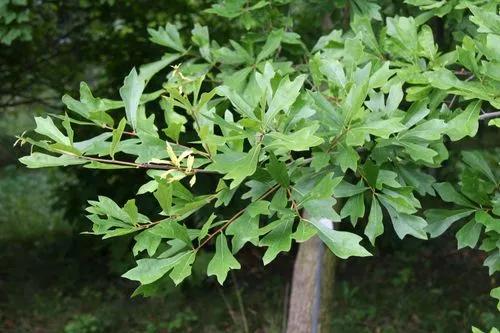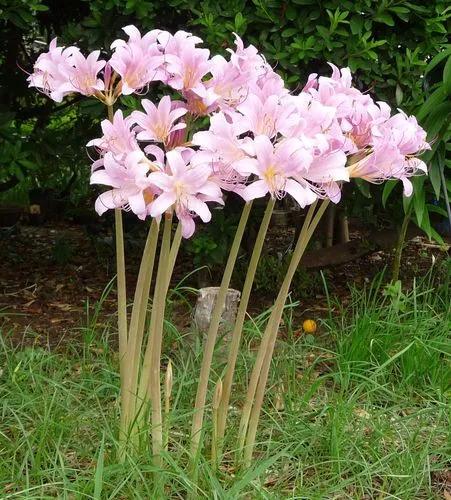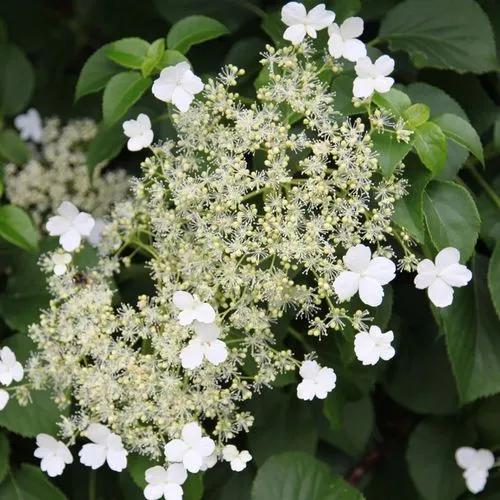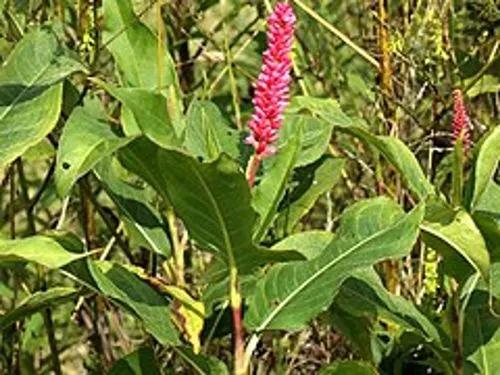Fumaria capreolata, the white ramping fumitory, is an herbaceous annual plant in the poppy family Papaveraceae. It is native to Europe, western Asia and northern Africa and naturalised in southern Australia, New Zealand, and southern South America. Common names include climbing fumitory, ramping fumitory, white fumitory, white ramping fumitory and white-flower fumitory.
White Ramping Fumitory Care
Fumaria capreolata



Plants have stems to 1 metre long and sometimes climb. The leaves are pinnatisect. Inflorescences comprise up to 20 purple-tipped white to cream flowers that appear in spring and summer. These gradually become pink after pollination.
Unlike other Fumaria species which are known as weeds of crops and agricultural areas, Fumaria capreolata can become naturalised in areas of natural vegetation and smother low-growing plants, becoming an environmental weed. It can be invasive in some European countries, Japan, New Zealand, Australia, the USA, and South Africa.
This plant might be poisonous
How to get rid of:
Hand pulling needs to be done carefully to ensure there is a
minimum of soil disturbance. Many weeds flourish when soil is
disturbed. Removal of small weeds can be achieved by placing one hand flat on the ground with the weed between two fingers. As the hand is pressed toward the ground the second hand can carefully remove the weed.
If soil is disturbed it should be tamped back in place to minimise
the opportunity for another weed to become established.
How to Care for the Plant

Popularity

129 people already have this plant 29 people have added this plant to their wishlists
Discover more plants with the list below
Popular articles






